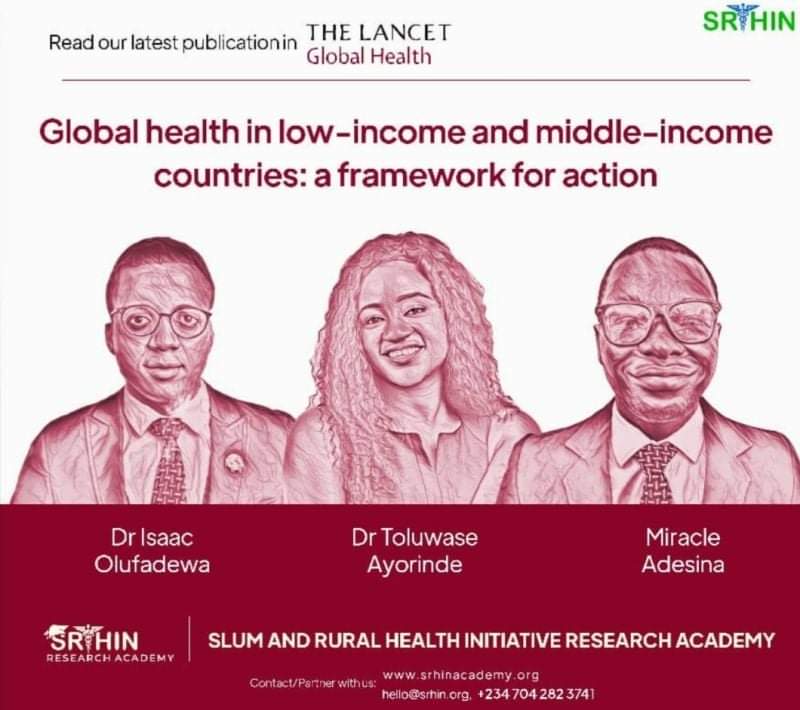Just like the worrisome conditions of security of lives and properties, the security of food and nutrition is equally dire. There is a disproportionately high burden of individuals who cannot afford a “three square” meal having the requisite levels of daily energy and nutritional requirements.
Food insecurity would raise slightly different concerns for the economist and the nutritionist. The economist would be bothered with availability of adequate amounts of meals to families and the citizenry, but to the nutritionist, concern would be with an adequate mix of nutrients to support growth and life. Whichever one the concern is, food security tethers on both availability and adequate nutrient mix.
From the economist’s point of view, the looming unavailability of adequate supplies of food to everyone and everywhere marks the locus for assessing impact. It is however ironic that with the high emphasis on better agricultural programmes and electioneering campaigns centred on ploys to improve farming, little has been done to make agriculture wide scale, mechanized and in commercial proportions.
The first question borders more on why there are so much subsistent farmers barely producing enough, exerting undue levels of resources with very low outputs, with attendant high cost of farm produce and with fewer individuals truly able to lay hands on the produce sold. The second question on the supply side of the looming food insecurity would be, why is the government funding directly or indirectly this level of inefficiencies?
The paradox in the agricultural supply chain construct is that about less than 2% of the entire population should be employed in real, mechanized and government enabled agricultural schemes while the remaining 98% are involved in other sectors of the wider economy generating enough funds to purchase and maintain effective demands for agricultural produce at a fairly good price as classically seen in the US economy1. The inefficient cycle of predominant subsistence, high production cost and waste, with attendant high end produce cost will continue contributing to the never-ending cycle of many having only little to eat.
To the nutritionist, the looming crisis means something slightly different. Put mildly, the thoughts of the average nutritionist is, “Nigerians feed on husk.” This might not be far from the truth. The daily attempts at feeding for most families centres on staying alive and not on whether the recommended daily allowance (RDA) of key nutrients has been reached or exceeded.
It is on this foregoing that terms like “hidden hunger” have been coined2. As much as we worry about the supply crises, the actual concern is on children and young adults who suffer severely from under nutrition. There is a wide and growing scale of protein energy malnutrition (PEM) with all its other attendant health implications. This is where the crisis meets an already distressed health care system. With poor nutritional state comes poor ability to fight off commonly encountered disease conditions and onwards to flooding the healthcare facilities with under nutrition sponsored ailments.
The burden of these disease conditions brought about by this “hidden hunger” rest disproportionately on the children, especially those aged under five. For systems that cannot effectively tend to its growing population, then it sure has mortgaged the future it hopes to have.
The problems on both the supply and nutrition sides of this looming crisis are dire and require quick and iterative thinking and a willingness by all players and parties to get involved. Fortification of most finished products with nutrients of greatest medical importance remains a key way to bridge the nutrient gap. This calls for an awakening to avoid losing a generation to our collective failure at providing basic “bread and butter.”
Written by- Okezie Ibileme
Edited by- Ezebuiro Lois
REFERENCES
1Retrieved from
https://markets.businessinsider.com/news/stocks/farming-industry-facts-us-2019-5-1028242678 on the 15th January, 2020
2Retrieved from
www.who.int/nutrition/topics/WHO-FAO-ICN2-videos-hiddenhunger/en/ on the 15th January, 2020.



